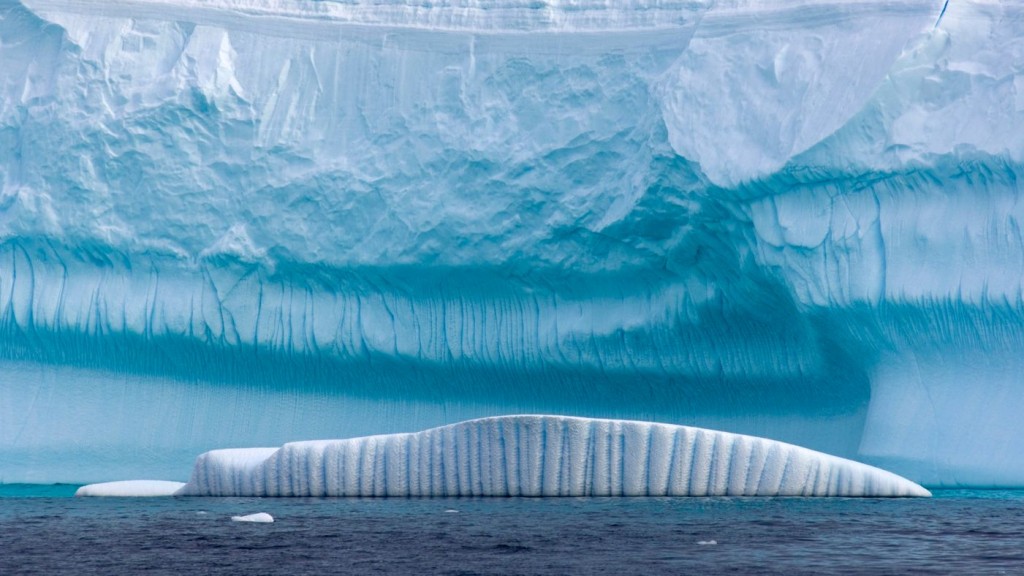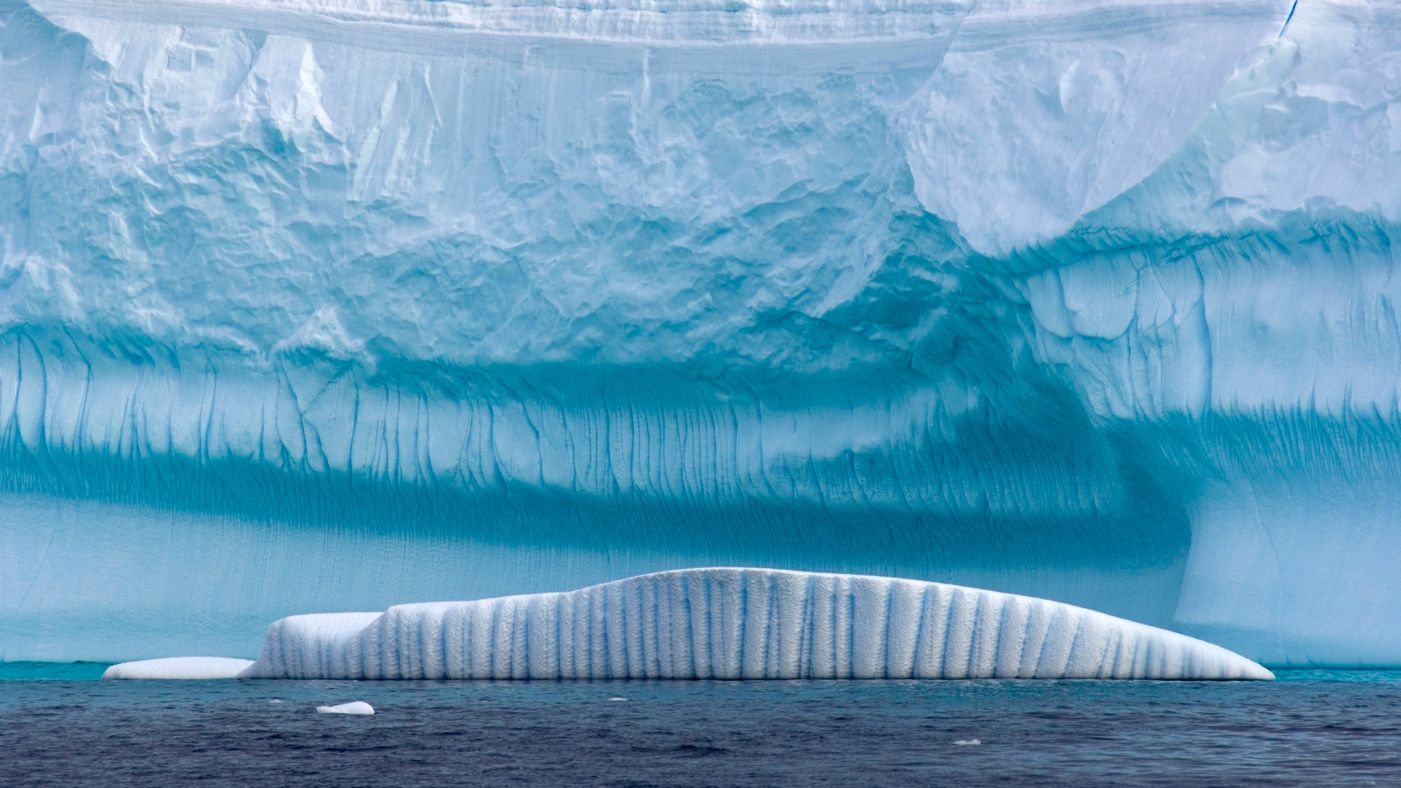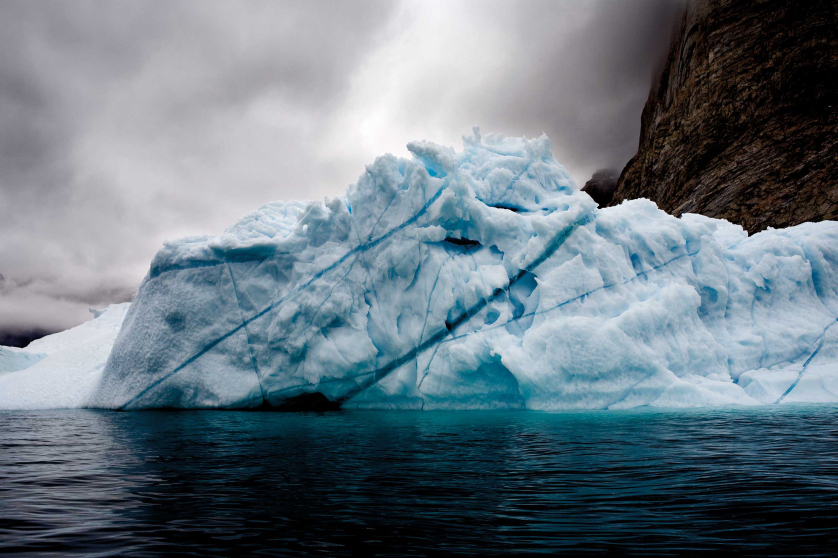A gigantic glacier in Antarctica, the largest in the eastern part of the icy continent is melting at a never before rate, giving rise to fears of sea levels rising by another 10 feet during this year. The meltdown of the Totten Glacier, which has been caused by a warming ocean and globally rising temperatures, will have the most significant impact on the residents in the Northern hemisphere where, due to the earth’s gravitational force, the sea level rise will be more pronounced as compared to the rest of the world.
The concern has been raised by researchers at the University of Texas at Austin, NASA and other research organizations who discovered two seafloor troughs which could allow warm ocean water to reach the base of Totten Glacier, already being referred to as East Antarctica’s most rapidly thinning glacier.
Newly discovered rivers under the Totten glacier are allowing in water from an increasingly warmer ocean, triggering this meltdown. As the sea water moves inland further, the glacier which is almost twice the size of Victoria will start melting at a faster rate, fear the Australian scientists.
Using ice-penetrating radar, aerial surveys have confirmed that a greater part of the ice on this glacier rests in deep valleys up to 1.5 kilometres below sea level, meaning the warming water can eat away at the polar ice cap, Australian Antarctic Division program leader Tas van Ommen said.
If the glacier in question was to melt down completely, it would cause sea levels across the world to rise by at least 11 feet. Till now, the western side of the continent, which is melting rapidly, had drawn more attention than the eastern side.
“The newly discovered troughs are deep enough to give the deep warm water access to the huge cavity under the glacier. The deeper of the two troughs extends from the ocean to the underside of Totten Glacier in an area not previously known to be floating,” say the scientists.
The result, published in the journal Nature Geoscience today, March 16th, has global implications because “the ice flowing through Totten Glacier alone is equivalent to the entire volume of the more widely studied West Antarctic Ice Sheet.”



